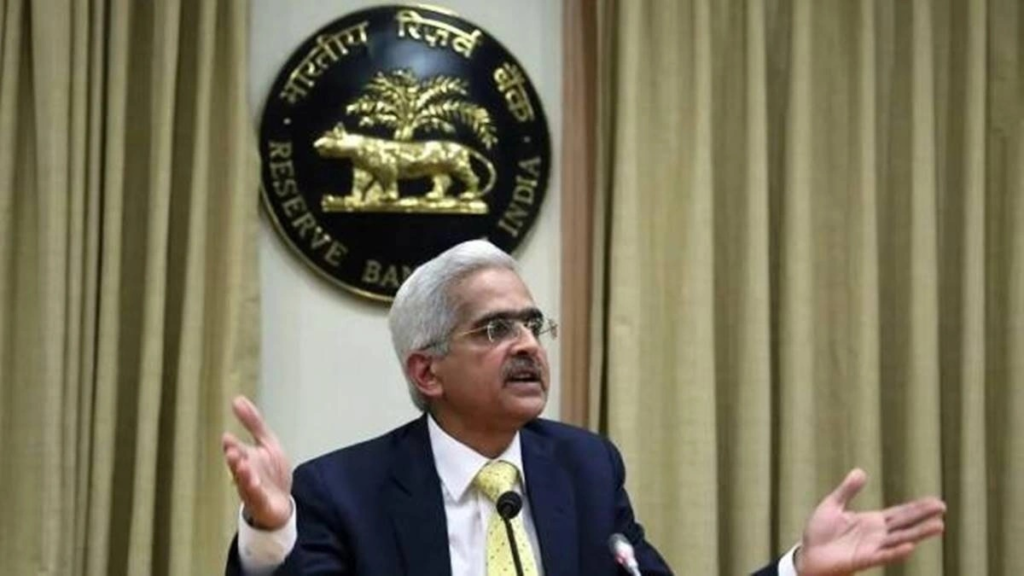Reserve Bank of India (RBI) governor Shaktikanta Das on Monday ruled out the re-introduction of currency notes with a denomination of Rs 1,000.
Addressing the media for the first time after the central bank announced last Friday it was withdrawing Rs 2,000 notes from circulation while not taking away their status as legal tender, Das said there was enough quantity of printed notes in the system.
The governor expects most of Rs 2,000 notes to come back to the exchequer by September 30. “We have more than adequate quantities of printed notes already available in the system, not just with RBI but with currency chests operated by banks. There is no reason for worry. We have sufficient stocks, no need to worry,” Das said.
Das noted the impact of the withdrawal of currency notes on the economy will be “very very marginal”.
Economists have observed that liquidity could improve if most of the Rs 2,000 notes, amounting to `3.6 trillion, return to the banking system rather than being exchanged for smaller denomination currency notes. Given the systemic liquidity has been somewhat tight, this would ease the situation though the relief would be short-lived. The inter-bank call rate fell 5-10 bps on Monday while yields, at the longer end of the curve, remained flat.
However, the move to recall the `2,000 note is unlikely to have any long-lasting impact on growth or liquidity or disrupt businesses. This is partly because they account for a relatively small share of about 10.8% of the currency in circulation, unlike in the demonetisation exercise of November 2016 when 86% of the cash in circulation was withdrawn. Moreover, the notes will continue to be legal tender and can be exchanged for other notes until September 30. This is in contrast to the move in 2016 when the notes lost their status as legal tender.
While some economists expect a rise in the purchase of jewellery, consumption goods, gold and even property, others believe consumers are not likely to splurge by using `2,000 notes. Individuals depositing cash of `50,000 or more in banks, in the form of `2,000 notes, would be required to furnish their PAN Card.
Das stressed that the exercise was part of the central bank’s currency management, pointing out Rs 2,000 notes had been introduced primarily to replenish the currency that was withdrawn following the 2016 demonetisation move.
“Indian currency management system is very robust, exchange rate has remained stable despite crisis in financial markets due to the war in Ukraine and failure of certain banks in the West,” he said.

Source:financialexpress.com


